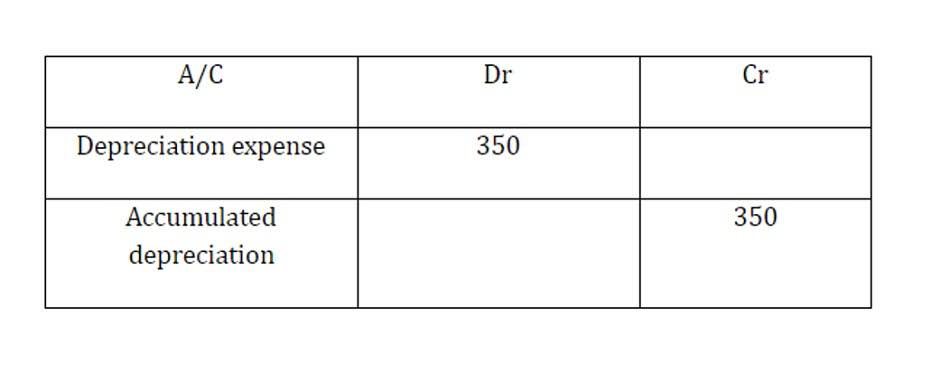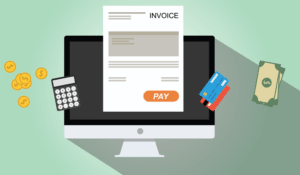
It means that after you’ve paid off taxes, you still have enough earnings to cover your debt payments 2.2 times over. The other variation uses earnings before interest after taxes (EBIAT), and it’s more conservative. This ratio tells you how easily you can pay off your company’s debt obligations after you’ve paid your taxes.
InvestingPro+: Access Current Ratio Data Instantly
The interest coverage ratio measures how easily a company can use its earnings to pay off its debt. Sammy has a store selling novelty toys and needs a business loan to move to a larger property so that he can stock more items. The bank need to see the last three year’s balance sheets so they can analyze the current and long-term assets and liabilities. In a peak season, current assets will be more and current ratio will be high. A business with heavy investments in fixed assets may be successful even if Bookkeeping for Startups the ratio is low.
What Are Operating Expenses? Small Business Guide
Industries that deliver physical products may have relatively low operating leverage, while those that deliver “knowledge products” such as software or advice may have very high operating leverage. For example, a company with earnings before interest and taxes of $20 million and interest expense of $5 million would have interest coverage of 4 times. The debt-to-equity ratio focuses solely on the equity portion, while debt-to-capital ratio considers both debt and equity in the calculation. Debt-to-equity ratio highlights the relationship between debt and equity, while debt-to-capital ratio provides a broader view of a company’s overall capital structure. The offers that appear on this site are from companies that compensate us. But this compensation does not influence the information we publish, or the reviews that you see on this site.
- Current ratio is a comparison of current assets to current liabilities, calculated by dividing your current assets by your current liabilities.
- A new concern or a concern which has not established its reputation will need higher current assets to pay current liabilities in time.
- Companies report interest expense related to operating leases as part of lease expense rather than as interest expense.
- While the 1.2 to 2.0 range is generally favorable, businesses should compare their ratio against competitors and historical performance to draw meaningful insights.
What is the formula and calculation for the current ratio?
Current ratio is a number which simply tells us the quantity of current assets a business holds in relation to the quantity of current liabilities it is obliged to pay in near future. Since it reveals nothing in respect of the assets’ quality, it is often regarded as crued ratio. It indicates how effectively a company can use its current assets to pay down its current liabilities. If a company has a high current ratio, then it is understood that the firm is in a good position of liquidity. A low current ratio could also suggest they don’t have enough money to pay bills soon.

While high liquidity is generally positive, excessive liquidity might indicate that a company is not investing its resources effectively. This could stem from holding too much cash, or under-utilizing working capital. A detailed analysis of asset utilization is required to understand if this is indeed a problem. While a ratio of around 1.5 to 2.0 is often cited as a good benchmark, a suitable current ratio depends on factors such as industry norms, business model, and operating cycle. A ratio below 1 suggests potential liquidity problems, while a very high ratio might indicate inefficient use of assets. Understanding industry-specific benchmarks is crucial for accurate interpretation.
- While investors may use the asset turnover ratio to compare similar stocks, the metric does not provide all of the details that would be helpful for stock analysis.
- These typically include cash on hand, accounts receivable, and inventory.
- A current ratio of 2.5 suggests a company possesses 2.5 times more current assets than current liabilities.
- For example Heads and Shoulders is a well-known brand of shampoo from P&G, which had 31 versions.
- It’s essential for investors of all levels to navigate the complexities of financial ratios.
However, a very high current ratio may also indicate that a company needs to use its current assets efficiently and may be holding excess cash or inventory that is not generating returns. Additionally, some companies, especially larger retailers such as Walmart, have been able to negotiate much longer-than-average payment terms with their suppliers. If what does a current ratio of 2.5 times represent. a retailer doesn’t offer credit to its customers, this can show on its balance sheet as a high payables balance relative to its receivables balance. Large retailers can also minimize their inventory volume through an efficient supply chain, which makes their current assets shrink against current liabilities, resulting in a lower current ratio. GAAP accounting principles mean that it is required for companies to separate current and long-term assets and liabilities on the company balance sheet. This makes it very easy to calculate the current ratio for management, investors and creditors.

Current Ratio Analysis
If a company’s current ratio is less than one, it may have more bills to pay than easily accessible resources to pay those bills. The current ratio can be a useful measure of a company’s short-term solvency when it is placed in the context of what has been historically normal for the company and its peer group. It also offers more insight when calculated repeatedly over several periods.
Banks would prefer a current ratio of at least 1 or 2, so that all the current liabilities would be covered by the current assets. Since Charlie’s ratio is so low, it is unlikely that he will get approved for his loan. The current ratio is 2.75 which means the company’s currents assets are 2.75 times more than its current liabilities.
Current Ratio Explained With Formula and Examples (

If a company has to sell of fixed assets to pay for its current liabilities, this usually means the company isn’t making enough from operations to support activities. Current assets are assets which can be converted to cash easily within a one-year period or less. Examples of current assets include cash, cash equivalents, marketable securities, accounts receivable, inventory, are examples of current assets. The denominator in the Current Ratio formula, retained earnings balance sheet current liabilities, includes all the company’s short-term obligations, i.e., those due within one year. It encompasses items such as accounts payable, short-term loans, and any other debts requiring repayment in the near future. The current ratio is a crucial metric for evaluating a company’s financial health.
